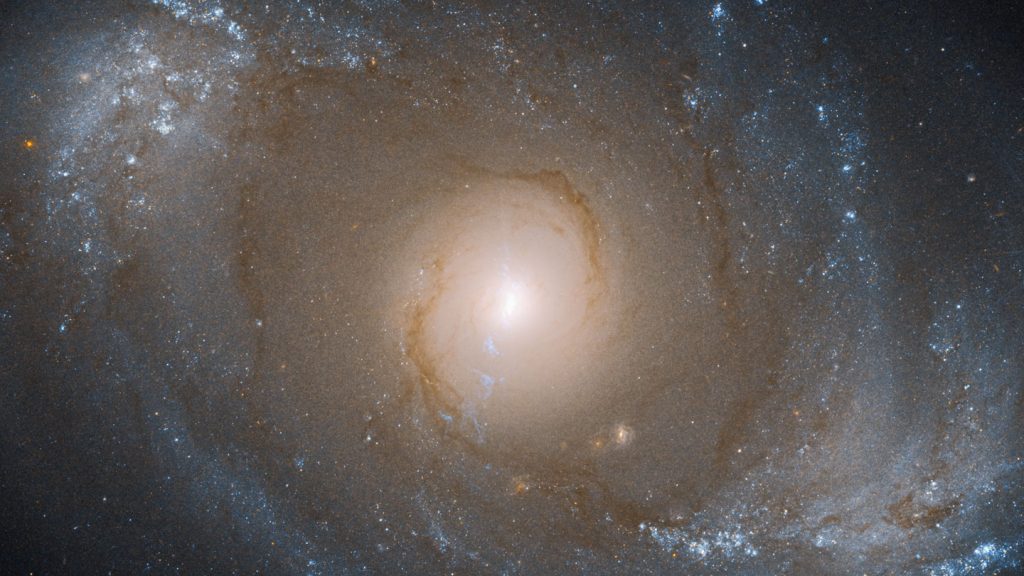Supermassive black holes located at the centers of active galaxies are believed to be the primary source of high-energy neutrinos in the universe, according to data from the IceCube observatory in Antarctica. Two separate teams studying Seyfert galaxies, a type of active galaxy, have independently concluded that these galaxies are likely producers of neutrinos. This discovery has led astronomers to reconsider their previous assumptions and recognize the potential of active galactic nuclei to produce a significant portion of cosmic neutrinos.
In 2022, the identification of Seyfert galaxy NGC 1068 as a potential source of high-energy neutrinos was met with surprise by the scientific community. However, with recent evidence suggesting that not just NGC 1068, but also similar galaxies like NGC 4151 and NGC 3079, can produce neutrinos, astronomers are beginning to acknowledge the role of active galaxies in neutrino production. These galaxies are known for containing supermassive black holes at their cores expelling massive amounts of energy, which could potentially lead to the production of neutrinos.
Recent research has shed light on the origins of cosmic neutrinos, with a particular focus on the region around the central black holes of active galaxies as the potential sources of these high-energy particles. In some cases, astronomers have identified specific regions, such as the corona surrounding the black hole, as potential sites for neutrino production. This new information is adding to the growing body of research that aims to pinpoint the exact sources of cosmic neutrinos in the universe.
While previously, blazars were considered the primary extragalactic neutrino emitters, recent studies suggest that active galaxies with supermassive black holes, including Seyfert galaxies, could play a significant role in neutrino production. The debate among scientists continues regarding which types of active galaxies are the most important neutrino producers, with some suggesting that jetless active galactic nuclei like Seyferts could be responsible for the majority of extragalactic neutrinos. The exact contribution of different types of galaxies to the production of high-energy neutrinos remains an ongoing topic of research.
Overall, astronomers are increasingly turning their attention to active galaxies with supermassive black holes as potential sources of high-energy neutrinos in the universe. While the exact mechanisms and scale of neutrino production in these galaxies are still being investigated, the evidence is mounting in support of the idea that these galactic cores could be major contributors to the cosmic neutrino flux. Further research and observations will be needed to fully understand the role of active galaxies in the production of high-energy neutrinos and how they fit into the broader picture of cosmic particle interactions.


